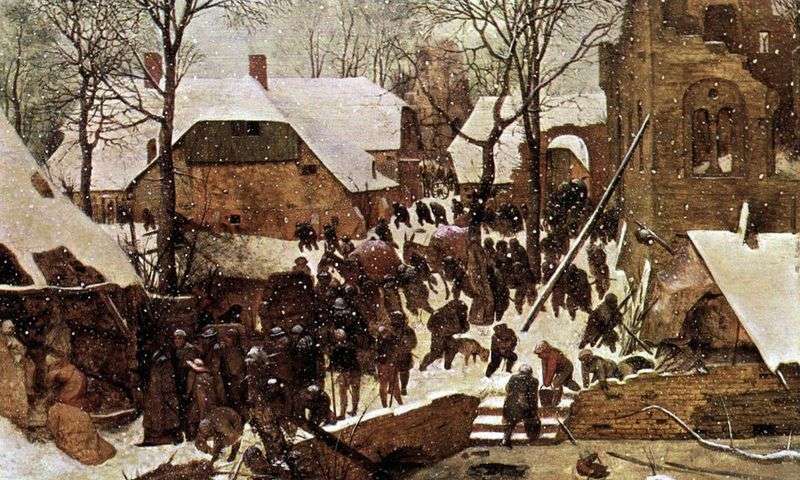
St. Matthew in his Gospel talks about sages from the East who at the time of the Nativity of Christ came to Jerusalem and asked where the King of the Jews was born. Learning this, King Herod became alarmed and sent them to seek Jesus in Bethlehem. Pointing the way, a star appeared before them. When the sages sought Mary and her Son in Bethlehem, they bowed before the divine Infant and offered him gifts: gold, frankincense and myrrh. The scene in which the sages worship the Infant Christ is called “Adoration of the Magi”.
There is a tradition of portraying the Magi, like kings, for the Psalter says: “The kings of Tarshish and the islands will pay tribute to him… and all kings will worship him.” The Magi, according to Christian tradition, were called Caspar, Melchior, and Valtasar. The gifts they give to Christ have a symbolic meaning: gold to the king, incense to the Son of God, and myrrh, which is the symbol of death, the Sufferer. For the Christian, these gifts symbolize the bringing to Christ of prosperity, power, and also express the worship of Him and the willingness to serve Him.
Ghirlandaio received an order for a large “Adoration of the Magi” for the altar of Ospedalo degli Innocenti in 1485. The customer was the rector Francesco di Giovanni Tezori, who took great care of the art treasures of Ospedal. The altar was completed in 1488 – the date was written in the upper right on the ancient architrave: “MCCCLXXXVIII”. His attribution to Ghirlandaio – of course, with the participation of the workshop – has never been questioned. Vasari writes in detail about this altar image: “In the church of Innocenti he wrote a tempera on the tree of the Magi, highly approved.” The finest heads, both young and old, are distinguished there by a variety of faces and expressions, and especially in the person of the Virgin, that noble beauty and grace, which are only available to art when depicting the mother of the Son of God. “
The work is dated and it dates back to the time when Ghirlandaio and his assistants worked on the frescoes of the large chapel of the Church of Santa Maria Novella. Also immense is the flooded landscape; the wall in the depth does not at all close the perspective and does not reduce space, but it contributes to its increase. At the request of the abbot, Tezori severed the altar and illustrated the episodes of Mary’s life. Scenes were written by one of the pupils of Ghirlandaio, Bartolomeo di Giovanni, as the documents and the characteristic elongation of the figures confirm. “Adoration of the Magi” remained in the altar until 1786, when the interior of the church was redone and the image was placed on the wall behind the altar.
 Adoration of the Magi by Hans Baldung
Adoration of the Magi by Hans Baldung The Adoration of the Magi by Albrecht Durer
The Adoration of the Magi by Albrecht Durer Adoration of the Magi by Gentile da Fabriano
Adoration of the Magi by Gentile da Fabriano The Adoration of the Shepherds by Domenico Ghirlandaio
The Adoration of the Shepherds by Domenico Ghirlandaio Adoration des mages – Domenico Ghirlandaio
Adoration des mages – Domenico Ghirlandaio Adoration of the Magi by Jan Gossaert
Adoration of the Magi by Jan Gossaert Adoration of the Magi. The altar of Zanobi by Sandro Botticelli
Adoration of the Magi. The altar of Zanobi by Sandro Botticelli The Adoration of the Magi in the Winter Landscape by Peter Brueghel
The Adoration of the Magi in the Winter Landscape by Peter Brueghel